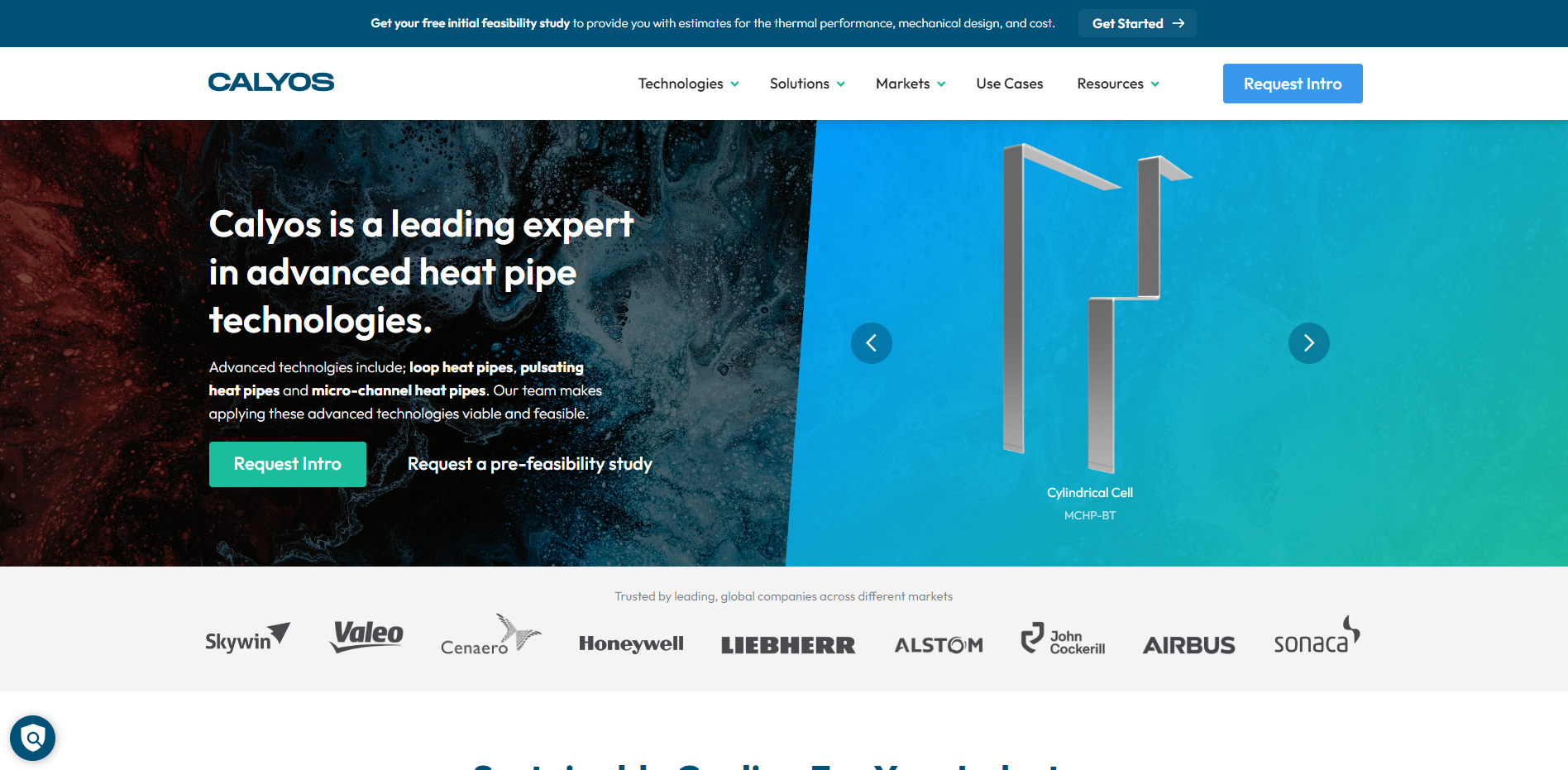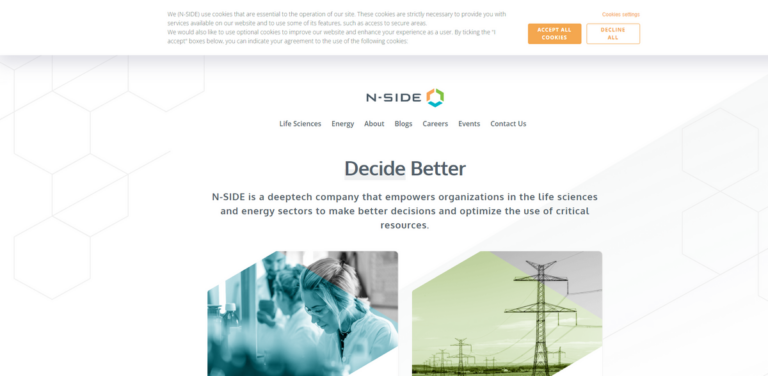What’s the Buzz About N-SIDE?
So, um, let’s just be real for a second—when you hear the term “deeptech,” it probably doesn’t spark a whole lot of excitement, right? But, you know, N-SIDE is really flipping that script. This innovative company is, like, shaking things up in the life sciences and energy sectors, helping organizations make smarter decisions and use their resources more effectively. It’s kind of amazing, actually. With this blend of cutting-edge technology and, um, a very human touch, N-SIDE is all about crafting tailored software and professional services that tackle the unique challenges these industries face. It’s not just tech; it’s about people, too.
Why N-SIDE Stands Out
So, what’s the big deal? I mean, here are some eye-opening stats that really highlight N-SIDE’s impact:
- B Corporation score: a whopping 116.4—like, wow!
- Key focus areas: artificial intelligence, machine learning, advanced analytics, and optimization
- Specializes in clinical trial supply chain and risk management
- Expertise in clinical trials and forecasting electricity prices
- Offers solutions for market clearing and power matching
Transforming Life Sciences
Okay, picture this for a moment: a pharmaceutical company, right? They’re struggling to manage their clinical trials efficiently, and it’s, like, a total mess. That’s where N-SIDE steps in, like a superhero in a lab coat. Their software and services are designed to streamline operations, reduce drug waste, and optimize manufacturing processes. By making these improvements, N-SIDE helps organizations get their products to market faster, which is, honestly, a win-win for patients and healthcare providers alike. It’s not just about numbers; it’s about real lives being impacted, you know?
Powering the Energy Sector
Now, let’s shift gears to the energy sector. N-SIDE is like this guiding light for Transmission System Operators (TSOs), Distribution System Operators (DSOs), and market participants. They provide energy forecasting, power matching, and optimization solutions that are tailored to meet the specific needs of these organizations. With the help of advanced analytics and machine learning, N-SIDE empowers these players to make informed decisions about energy distribution and pricing. It’s all about efficiency and clarity in a complex landscape, which, let’s be honest, can feel pretty overwhelming.
Innovations That Matter
You know what’s surprising? The way N-SIDE harnesses the power of artificial intelligence and machine learning to elevate their offerings. I mean, these technologies enable advanced analytics that can not only predict trends but also optimize resource allocation. By weaving these innovations into their solutions, N-SIDE ensures that organizations can tackle the intricate challenges in both the life sciences and energy sectors head-on. It’s like they’re giving these industries a much-needed boost.
Making an Impact
When you look at N-SIDE’s projects, it’s clear they’re not just about profits. They’re committed to making a difference, and that’s something that really resonates with me. Here are some of the global goals they’re actively supporting:
- Goal 3: Good Health and Well-being
- Goal 7: Affordable and Clean Energy
- Goal 9: Industry, Innovation, and Infrastructure
- Goal 12: Responsible Consumption and Production
- Goal 13: Climate Action
Looking Ahead
As N-SIDE continues to evolve, their commitment to innovation and sustainability remains steadfast. They’re not just focused on growth; they’re dedicated to making a positive impact across various sectors. By prioritizing efficiency and minimizing environmental footprints, N-SIDE is paving the way for a brighter, more sustainable future. And, honestly, that’s something we can all get behind, right? It feels good to know that there are companies out there really trying to make a difference.


